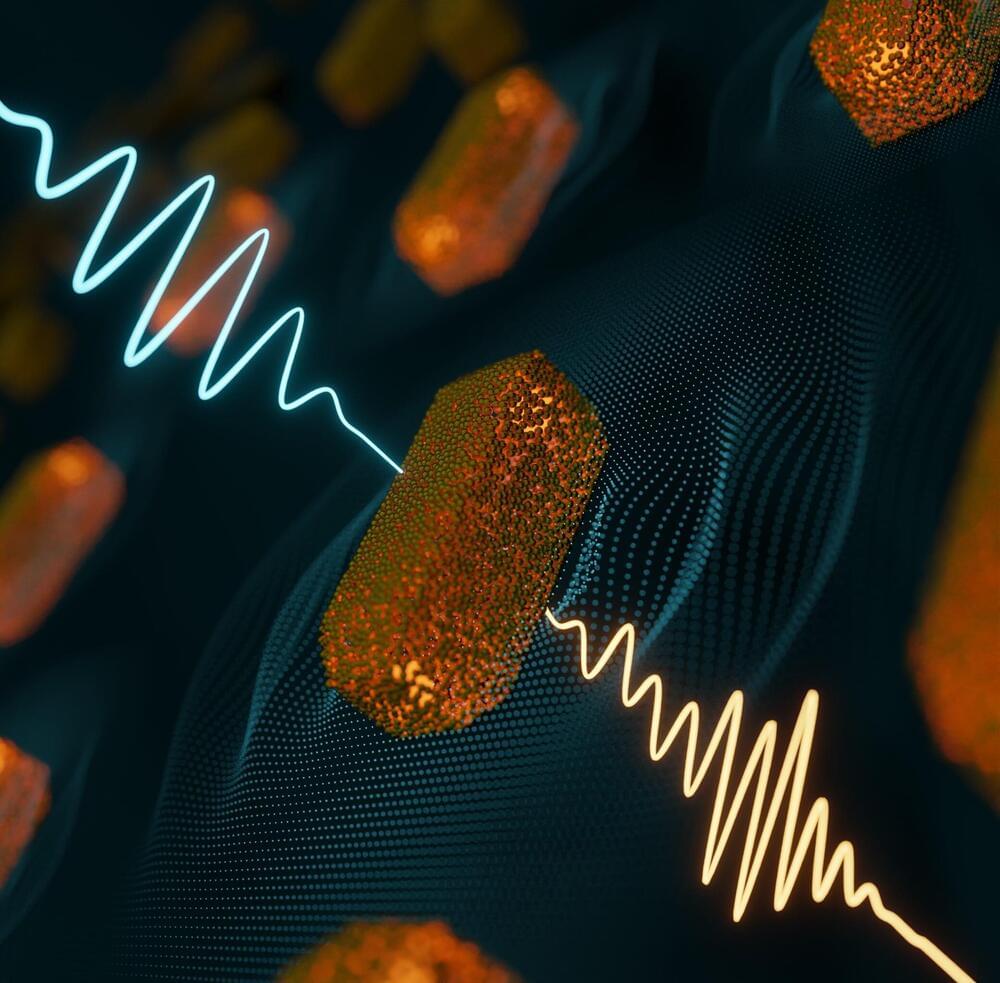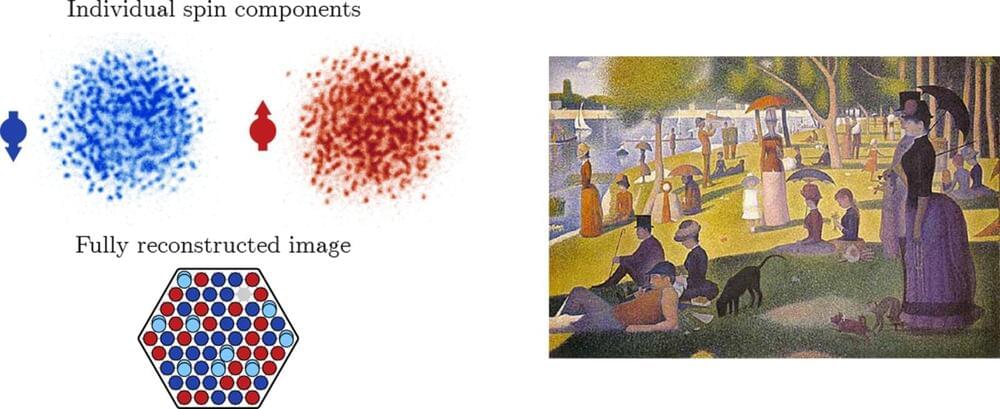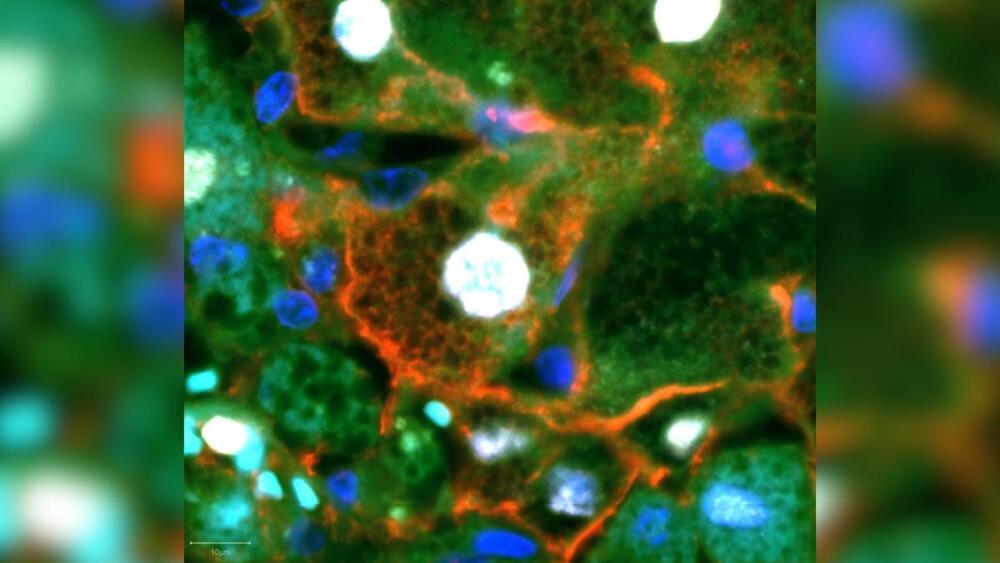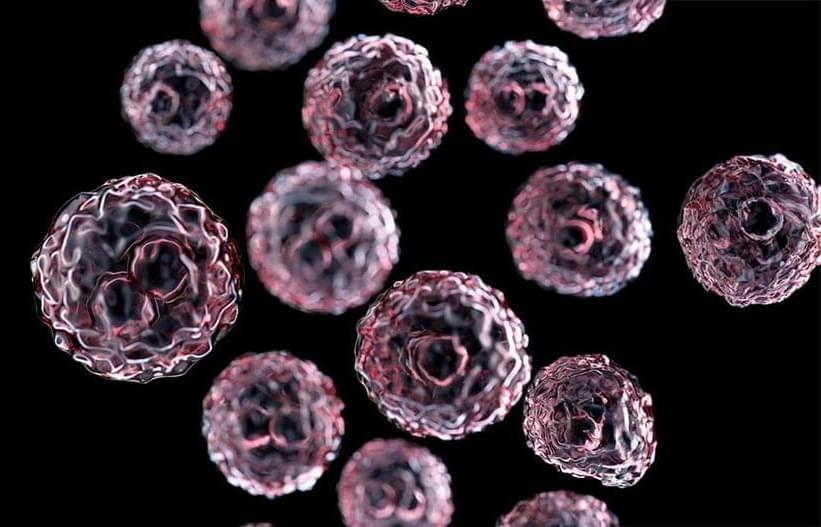
Each CRISPR system has two parts: a strand of RNA that matches the target and a protein that makes the edit. The most commonly used protein for gene editing is called “Cas9,” but scientists have discovered CRISPRs with other proteins that give them unique capabilities — while CRISPR-Cas9 slices through DNA, for example, CRISPR-Cas13 targets RNA.
Our current CRISPR gene editors are far from perfect, though. They can make edits in the wrong places or edit too few cells to make a difference, so researchers are constantly on the hunt for new CRISPR systems.
AI-designed CRISPR: Up until now, that hunt has been limited to the CRISPRs that have been discovered in nature, but Profluent has used the same types of AI models that allow ChatGPT to generate language to develop an AI platform that can generate millions of CRISPR-like proteins.


















